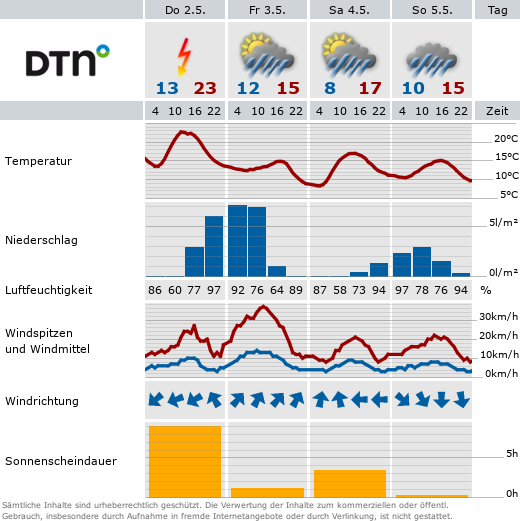Paper in at - Automatisierungstechnik

Data-driven predictive control (DPC) has emerged as a promising alternative to traditional model predictive control (MPC), utilizing linear combinations of recorded trajectory data without relying on explicitly defined prediction models. However, this absence of a clear model can lead to opacity regarding the effects of commonly used regularization terms, resulting in various challenges and limited interpretability.
In this paper, we address these challenges by proposing two analysis tools focused on enhancing explainability: implicit predictors and the trajectory-specific effects of regularization. Building upon these previously introduced tools (see our earlier L-CSS paper ), we provide concise explanations, interpretations, and demonstrations using commonly employed quadratic regularization. Following this overview, we analyze further extensions such as affine DPC, offset regularizations, slack variables, and terminal constraints to broaden the applicability of our methods.
This work aims to enhance both the explainability and reliability of regularized DPC by providing a deeper understanding of these mechanisms, ultimately benefiting practical applications. Our article is published in the special issue "Data-Driven and Learning-Based Control – Perspectives and Prospects" of the journal "at - Automatisierungstechnik.". Contact Manuel for further details or have a look at the paper:
M. Klädtke and M. Schulze Darup, Towards explainable data-driven predictive control with regularizations, in at - Automatisierungstechnik, DOI: 10.1515/auto-2024-0161.








